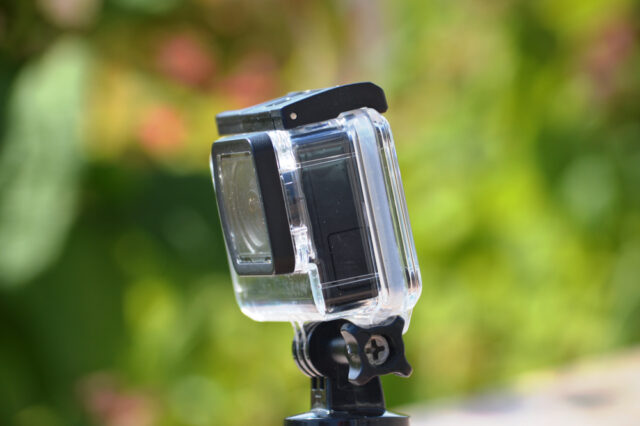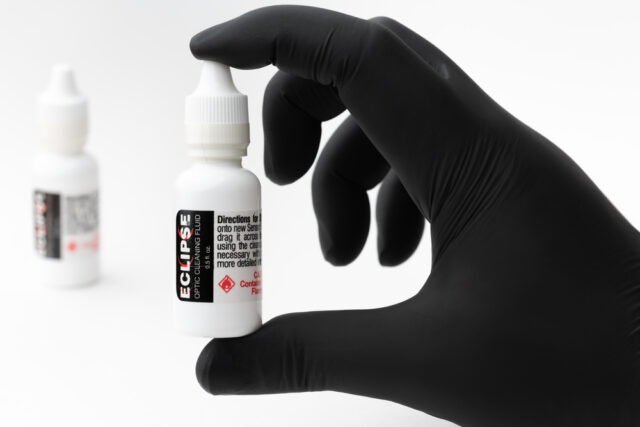
7 ways to get rid of condensation on a CCTV camera
7 ways to get rid of condensation on a CCTV camera
Condensation inside the camera lens leads to a host of problems, from distorted images to camera failure. Accordingly, the protection level of the camcorder is gradually approaching zero. What to do? Let’s figure it out together.
An underestimated threat
It’s safe to say that moisture inside a security camera and its settling on the lens is a serious problem and an underestimated threat to the entire security system.
And do not think that such a phenomenon can only happen with low-quality cameras (Chinese equipment, cheap cameras or “no-name” brands). Although we do not recommend purchasing cameras from Aliexpress, a similar unpleasant situation can occur with any facility’s video equipment.
- What condensate affects:
- image quality (picture is blurry);
- the unsuitability of the videos;
- on the occurrence of corrosion inside the camera;
- contributes to the failure of components / elements of equipment and the camera as a whole;
- reduces the level of security and safety of the facility.
Top 5 Causes of Condensation
Condensation, as a physical phenomenon, means the appearance of water vapour from a mass of air. Simultaneously, for moisture droplets to appear on the inside of the lens, the lens must be colder than the temperature of the rest of the camera’s interior.
Thus, the reason №1 for the appearance of condensate is the lack of equipment impermeability. It would be best to choose outdoor cameras, considering such an indicator as the moisture resistance protection class starting from IP65-66. This parameter is specified in the technical documentation of the equipment. The same problem occurs if indoor IP cameras are installed outdoors.
Reason №2 may be the absence of silica gel (absorbent in the form of white round granules) inside the camera. It may not be present at all in some camcorder models. If there is an absorbent, but it is a yellow colour, it needs to be replaced.
Sharp temperature fluctuations during the day or severe weather conditions are the reason №3. It is quite natural for condensation to appear on outdoor cameras during the transition period “late summer-autumn” even in temperate climates. However, if there are constant temperature drops and heavy rains, moisture frequently “attacks” all possible entrances and exits in the cameras, therefore the likelihood of water vapour droplets increases.
Perhaps the reason №4 is the weak heating of the protective glass. Modern outdoor video monitoring equipment has an option for heating the optics. If the heating is ineffective and not enough, condensation appears, and the heating element needs to be replaced.
Reason №5 is the low quality of equipment installation. Here we refer to the installation process by non-professionals, during precipitation, wrong installation location, and moisture getting inside the camera through the cable. More information in the article “How to kill a video surveillance system during installation? 6 common mistakes“.
Prevention measures
Initially, you need to take the choice of equipment seriously:
- do not waste money on blatant Chinese-made forgeries;
- choose cameras with a service warranty period and technical support from specialists;
- pay attention to the place of installation (street or room) and select a camera with the appropriate moisture resistance class and temperature range;
- do not ignore the process of a video surveillance system design;
- pay attention to the presence of absorbent substances in the camcorder;
- inspect the camera for leaks in the SD card input and the possibility of water leakage through the cables;
- if you need to change the angle of view, use cameras with a varifocal lens and remote control;
- skip the process of the camera installation in windy, rainy weather and during snowfall;
CONCLUSION: entrust the selection and installation of equipment to specialists.
Control methods. TOP 7 best solutions
How to get rid of condensation? If drops of moisture inside the camera have already appeared, then use the following tips and solutions:
1. Mechanical elimination of moisture.
Bring the camera to a dry, enclosed area. With a microfiber cloth and a regular household hair dryer, you can quickly get rid of moisture. However, this decision is situational and does not fundamentally solve the problem. For dome cameras, case dismantling, dehumidification and additional sealing are often used.
2. Anti-fogging spray for glasses, mirrors and optics.
Condensation … what to do? Particular aerosols help to protect camcorder lenses from fogging. Use regularly.
3. Technical support contact.
Even if your camera is out of warranty, you can contact technical support through your dealer or dealer service. Experts will identify the source of moisture and eliminate it.
4. Additional waterproof cases.
This solution is suitable if the cameras are installed in a high humidity climate zone. It is crucial to make a ventilation hole (drill a hole and cover with moisture resistant materials).
5. The use of an absorbent.
Use desiccants, silica gel or special absorbent pads. To do this, you need to disassemble the camera and put the substance inside.
6. Installation or replacement of heating elements.
You can use this type of moisture removal if you have specific professional skills and technical capabilities.
7. Camera reinstallation.
When a junction box with connectors is installed above the camera, or there is no impermeability in the junction box, moisture can enter the camera through the cables.
What we recommend to do:
- reinstall the video camera above the junction box;
- start the cable from the bottom of the box;
- drip a little bit of oil at the cut of the connectors;
- make additional sealing of the box.
Results
A lens, on which condensation accumulates regularly, leads to a loss of image quality, rapid wear of the equipment and, accordingly, to a decrease in the level of camera protection. When the first signs of excess moisture appear inside the optics, contact a specialist to identify the cause and eliminate it.














